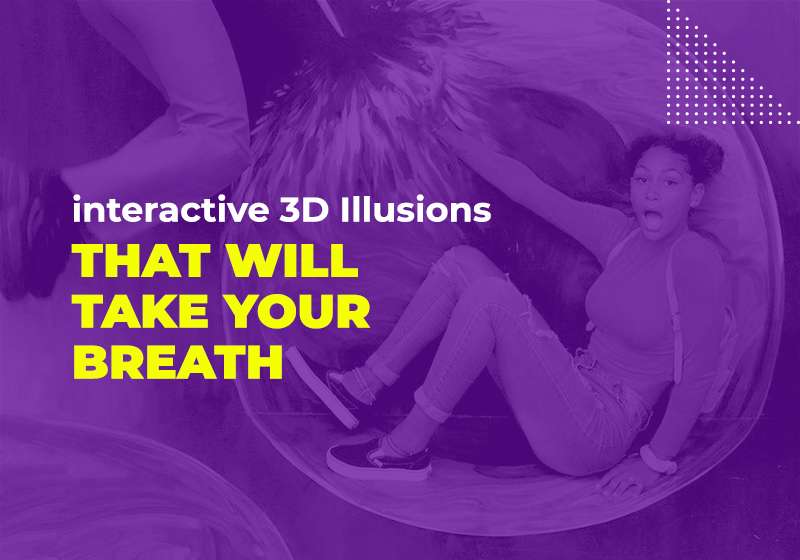
Emerging from internet subcultures and thriving social media platforms, the sea punk movement blends digital nostalgia, aquatic visuals, and punk rebellion. Initially surfacing online around 2011, sea punk combines vivid marine-themed imagery—shimmering dolphins, iridescent mermaids, and hypnotic turquoise waves—with punk’s defiant spirit. San Francisco, historically receptive to artistic rebellion, became fertile ground for this vibrant aesthetic to flourish and manifest physically.
The distinct visual language of sea punk, characterized by neon colors, surreal oceanic motifs, and glitchy digital effects, quickly evolved into a compelling artistic phenomenon. Artists began bridging digital realms with physical spaces, capturing internet-born ideas in tangible forms. The sea mural phenomenon, although limited in its physical representation, garnered attention for its innovative fusion of digital culture and urban artistry.
Reflecting punk’s irreverence, sea punk aesthetics deliberately juxtapose the tranquility of marine imagery with gritty urban rebellion. Its vibrant visuals briefly surfaced in San Francisco’s public art, capturing local curiosity. Though widespread adoption did not occur, the city provided an open-minded environment in which such experimental art could briefly thrive.
The First Sea-Punk Mural’s Artistic Significance
The first documented sea punk mural emerged in San Francisco at the intersection of Market Street and 12th Street, drawing attention for its unusual blend of marine themes and punk symbolism. Featuring neon-colored sea creatures adorned with punk-inspired mohawks and spikes, the mural embodied the bold visual style characteristic of the sea punk subculture. Its striking appearance offered an intriguing physical representation of digital-era aesthetics, making it noteworthy despite its brief existence.
While the mural captured attention locally and online, the identities and specific intentions of its creators remain undocumented. As such, assertions regarding artist motivations are speculative. Nevertheless, its visual style clearly reflected the themes of digital nostalgia and punk irreverence prevalent within the online sea punk movement.
Unfortunately, this distinctive mural is no longer visible. Its removal left no physical traces, diminishing its long-term impact. However, the mural’s brief existence remains an intriguing artistic episode, symbolizing a unique intersection of digital subculture and physical urban space within San Francisco’s diverse street-art history.
Sea-Punk’s Influence on San Francisco Street Art
Though San Francisco is renowned for its diverse and experimental artistic culture, the broader influence of sea punk within the city remains minimal. Unlike more established street-art movements that gained significant traction, sea punk’s impact was primarily limited to the single notable mural at Market and 12th Street. The city’s neighborhoods, while generally open to eclectic art forms, did not widely embrace sea punk aesthetics beyond this initial piece.
Despite its limited reach, the mural attracted local attention and fostered discussion around the possibilities of digitally inspired street art. The city’s art community briefly engaged with the visual dialogue it inspired, though widespread adoption or further installations did not follow. The singular mural thus remains primarily a symbolic milestone rather than a catalyst for lasting artistic change.
As of now, no significant evidence suggests a continuing sea punk presence or influence within San Francisco’s contemporary art scene. The first sea punk mural is best viewed as an isolated yet fascinating instance of experimental artistry—a brief and vivid exploration of digital-era creativity intersecting with traditional urban art forms.
Exploring the Museum of 3D Illusions: From Optical Wonders to Smash It!
San Francisco’s creative pulse also thrives at the Museum of 3D Illusions, a captivating attraction offering interactive and visually immersive experiences. Visitors photograph themselves soaring on a magic carpet above the Golden Gate Bridge or weaving through menacing hordes of lunging zombies. This unique, interactive museum embodies the city’s innovative artistic spirit, offering unparalleled optical adventures.
Another thrilling feature within the Museum of 3D Illusions is Smash It!, where visitors release stress by literally breaking items in controlled environments. The contrast between artistic illusion and visceral excitement complements San Francisco’s artistic diversity, appealing broadly to art enthusiasts, thrill-seekers, and those eager to explore unconventional cultural expressions.
The museum’s philosophy emphasizes accessible, interactive, and participatory art experiences, aligning conceptually with experimental artistic movements such as the sea punk mural. Like the mural, the museum encourages visitors to engage actively with art, blurring the boundaries between passive observation and immersive participation.
FAQ
Is the sea punk mural still visible today in San Francisco?
No, the original sea punk mural has been removed and is no longer accessible or visible in San Francisco.
How does San Francisco’s sea punk mural relate to experiences at the Museum of 3D Illusions?
While the sea punk mural represented a unique physical expression of digital-era punk aesthetics, the Museum of 3D Illusions similarly engages visitors through vibrant, interactive experiences. Both highlight San Francisco’s appreciation for immersive and unconventional artistic encounters.


